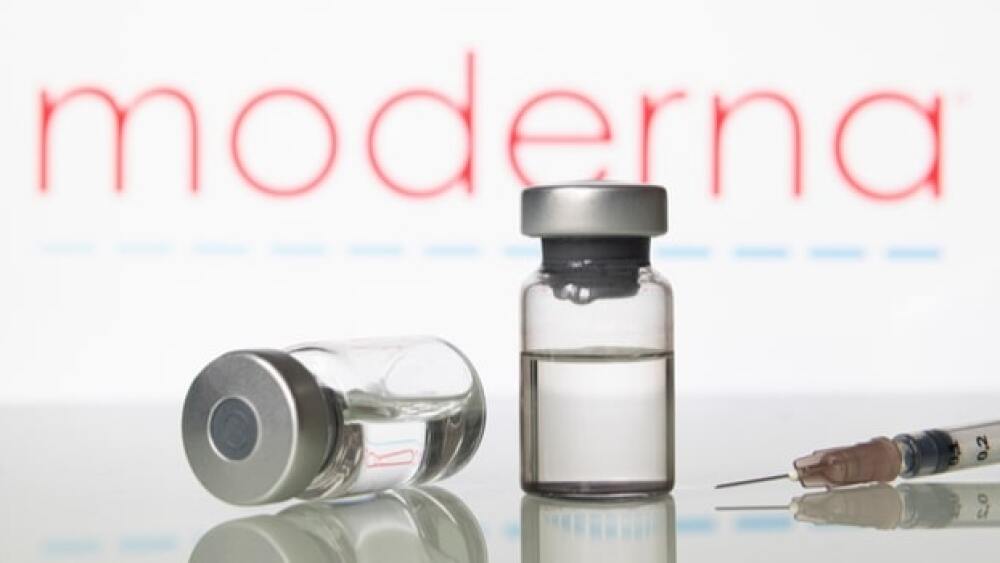Moderna announced that it plans to submit its request to the U.S. Food and Drug Administration for an Emergency Use Authorization for its COVID-19 vaccine, mRNA-1273.
pcruciatti/Shutterstock
Moderna announced that it plans to submit its request to the U.S. Food and Drug Administration (FDA) for an Emergency Use Authorization (EUA) for its COVID-19 vaccine, mRNA-1273. The company completed its primary efficacy analysis of the Phase III trial on 196 confirmed cases, which confirmed the high efficacy seen in the first interim analysis. At that analysis, the company reported 94.5% efficacy. The new analysis suggests 94.1% efficacy.
They found the efficacy was consistent across all demographic markers, including age, race, gender and ethnicity. It was conducted on 196 confirmed COVID-19 cases, while the first interim analysis was on a total of 95 cases—both were built on pre-specified “success criterion.” Basically, both analyses were conducted when a specific number of patients in the trial were confirmed as having been infected with COVID-19. They were then able to compare the number of positive COVID-19 cases in patients receiving placebo compared to patients receiving the actual vaccine. The analyses were performed after participants had received the second of two injections.
A secondary endpoint evaluated severe cases of COVID-19 and included 30 severe cases. All 30 cases were in the placebo cohort, none in the mRNA-1273 vaccination group. There was a single COVID-19-related death in the study, which was in the placebo group.
The study overall is evaluating more than 30,000 participants in the U.S. It is being conducted in collaboration with the National Institute of Allergy and Infectious Diseases (NIAID), part of the National Institutes of Health (NIH), and the Biomedical Advanced Research and Development Authority (BARDA), part of the office of the Assistant Secretary for Preparedness and Response at the U.S. Department of Health and Human Services.
The data also confirms the safety profile of the vaccine, which was described earlier on November 16. The company and the independent review board is also conducting a continuous review of safety data, but no new serious safety issues have been observed. The most common adverse reactions are injection site pain, fatigue, muscle ache and joint ache, headache, and redness at the site of the injection. There was a tendency to have increased and more severe reactions after receiving the second dose in the vaccine group.
“This positive primary analysis confirms the ability of our vaccine to prevent COVID-19 disease with 94.1% efficacy and importantly, the ability to prevent severe COVID-19 disease,” said Stephane Bancel, Moderna’s chief executive officer. “We believe that our vaccine will provide a new and powerful tool that may change the course of this pandemic and help prevent severe disease, hospitalizations and death.”
Moderna is also submitting the vaccine for emergency authorization in Europe. It has already begun a rolling review process with the European Medicines Agency (EMA), Health Canada, SwissMedic, the United Kingdom Medicines and Healthcare products Regulatory Agency (MHRA), Ministry of Health in Israel, and Health Sciences Authority in Singapore. Moderna also plans to seek Prequalified (PQ) and/or Emergency Use Listing (EUL) with the World Health Organization (WHO).
Pfizer and BioNTech submitted for an EUA on November 20 for their COVID-19 vaccine. Like the Moderna vaccine, it has demonstrated efficacy of more than 94%, with no serious safety issues.
The FDA reportedly has scheduled an advisory committee meeting for December 8, 9, and 10, that will take into consideration the applications. Potentially a decision could be made at the end of the December 10th meeting. If so, the vaccines could begin distribution and dosing within days. Moderna, however, indicated it will likely be scheduled for Thursday, December 17. Bancel indicated that the first injections could potentially be given as early as December 21 if everything went smoothly.
The vaccines will be distributed to states based on populations, then the states will determine priorities, likely with healthcare workers, frontline responders and the elderly receiving the top priority. The vaccines will probably be available to the general population by April or May as manufacturing continues to scale up.
An advisory panel to the U.S. Centers for Disease Control and Prevention (CDC) is meeting tomorrow to determine how to prioritize initial distribution of the vaccine.





